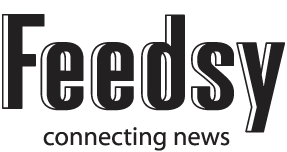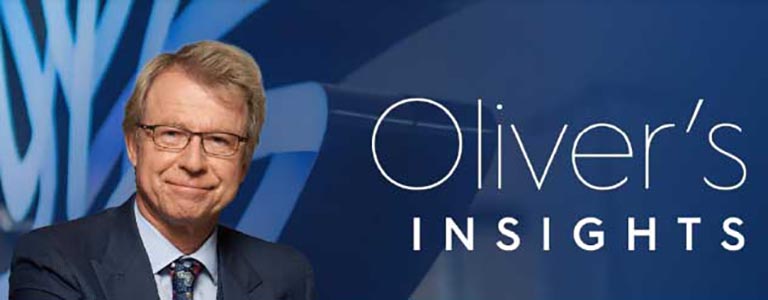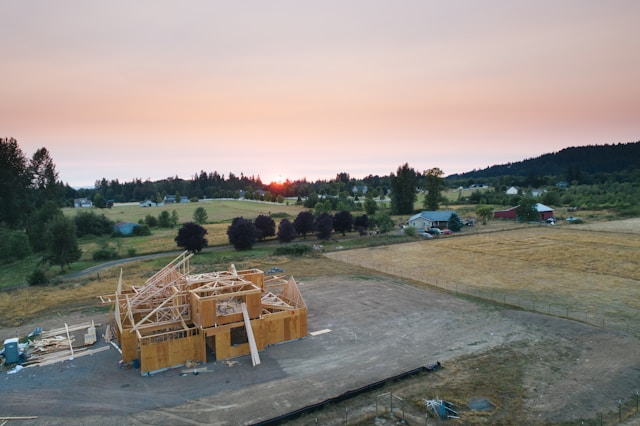The wages of the lowest-paid workers should be protected from the rising cost of living but not everyone should expect a pay rise that eclipses inflation, the central bank head says.
Reserve Bank of Australia Governor Philip Lowe has clarified his thinking about swelling pay packets and the inflationary outlook after the RBA’s interest rate decision on Tuesday.
On Tuesday, the board surprised many by lifting interest rates by another 25 basis points, taking the cash rate to 4.1 per cent.
The governor said the Fair Work Commission’s wages decision, which included a 5.75 per cent increase for those on awards, did play a role in the June cash rate hike along with other factors.
He said the industrial umpire’s decision was higher than factored into forecasts but how much it added to inflation would depend on how it spread across the labour market.
“The share of the labour force that’s covered by the award increases is still fairly small,” he told the Morgan Stanley Australia summit in Sydney on Wednesday.
“The concern would arise if the 5.75 per cent increase became a benchmark or a quasi benchmark for outcomes in private sector wages more broadly.”
The governor said this didn’t happen when the commission handed out a big increase to minimum and award wages last year but as time wore on, it would be harder for wage negotiations to “stay where they are”.
“We are in a difficult position where society wants to protect the lowest paid workers but we have got to make sure that the higher inflation doesn’t translate into higher wage outcomes for everybody, because if that happens, the inflation persists.”
The governor has been stressing that boosting productivity is the solution to the concerning wage outlook as it would drive down unit labour costs.
The rate of growth in unit labour costs – that is, the difference between growth in nominal labour costs and productivity – increased by around 7.5 per cent over 2022, one of the largest annual increases during the inflation targeting period.
Dr Lowe said sluggish productivity growth was the source of the problem, not so much nominal wage growth, and that the pandemic was largely to blame.
“The uncertainty here is what comes next.”
Dr Lowe said it was possible productivity would pick up now the pandemic was over.
“Advances in science and technology, including increased digitisation and the use of artificial intelligence, could also help,” he said.
“So too could further improvements in the way that services are delivered as well as reforms to public policy.”
Dr Lowe said governments and businesses would be wise to focus on the issue.
“Faster growth in nominal wages can only be supported by faster growth in productivity.”
Treasurer Jim Chalmers says technology, energy and skills were the three main components of the government’s productivity agenda.
He’s also said the challenge had been building for some time and it was not possible to kickstart productivity growth overnight.
Dr Lowe said Australia was still on track to bring inflation down without triggering a recession.
But there were “significant risks” to his plan to bring inflation back to target reasonably quickly as the economy continues to grow.
“We are particularly attentive to the risk that inflation stays too high for too long,” he added.
“If that happens, expectations will adjust, high inflation will persist, interest rates and unemployment will be higher and the cost-of-living pressures on Australian families will continue.”
Poppy Johnston
(Australian Associated Press)





